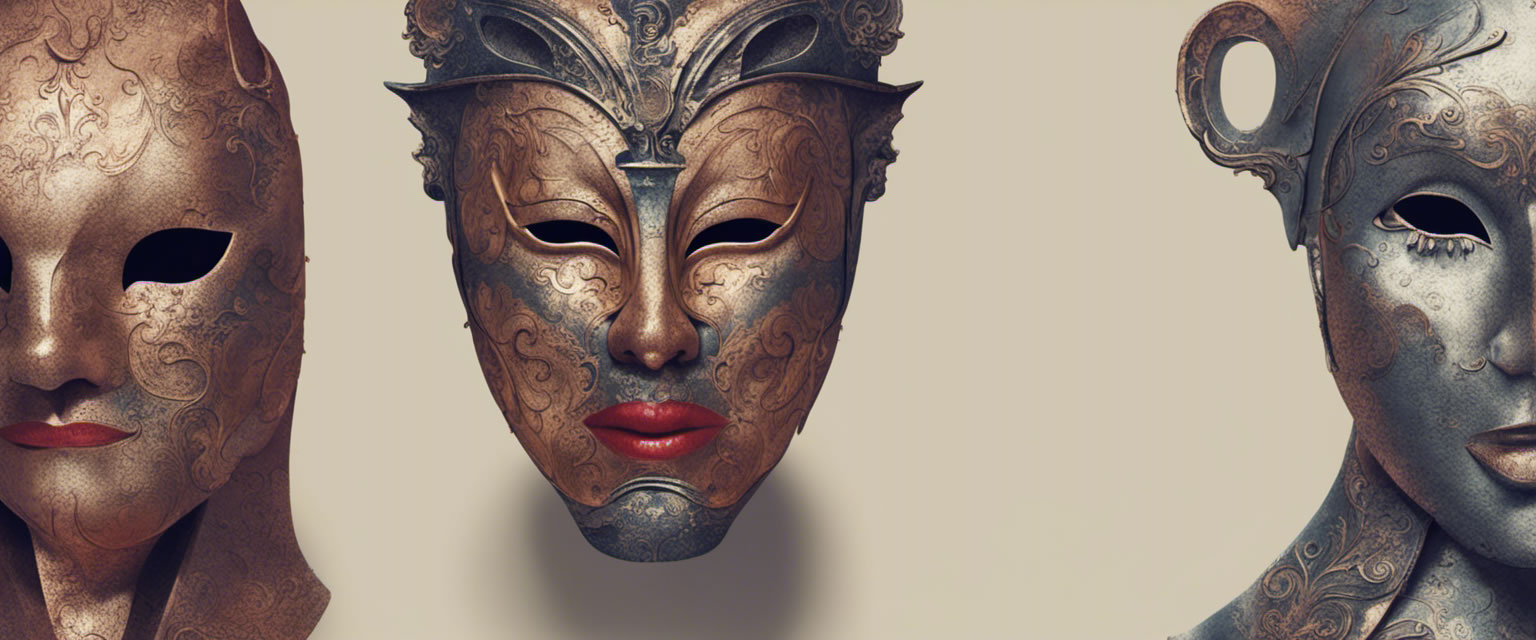A Look at Different Acting Techniques & Practices

Acting, an art form as old as the hills, has seen the rise and fall of numerous techniques over the years. These approaches are tools in an actor’s arsenal, honed to perfection through countless hours of practice. Here’s a brief overview of some prominent acting techniques:
- Naturalistic Approach: Perhaps the most common approach in Europe, a way of acting that tries to replicate how people act in real life.
- Stanislavski’s System: Let’s start with the granddaddy of them all. Konstantin Stanislavski, a Russian theatre practitioner, revolutionized acting with his “system.” This method encourages actors to delve deep into their characters, exploring their motivations, emotions, and past experiences. It’s all about getting into the character’s head and living the role.
- Method Acting: Stanislavski’s system found its way to America and evolved into Method Acting. Actors like Marlon Brando and Robert De Niro are famous proponents. It’s about drawing from your own experiences to create authentic emotions and behaviours.
- Meisner Technique: Named after Sanford Meisner, this technique emphasizes reacting truthfully to your acting partner. It’s all about staying in the moment, listening, and responding organically.
- Lee Strasberg’s Method: Strasberg expanded on Stanislavski’s ideas, focusing on emotional memory and sensory exercises to create believable characters.
- Michael Chekhov’s Technique: Nephew of Anton Chekhov, Michael Chekhov’s technique combines physicality and imagination. It encourages actors to explore movement, gestures, and inner emotions.
- Uta Hagen’s Approach: Hagen’s method focuses on the actor’s relationships with other characters. It asks actors to delve into the specifics of their interactions, making their performances rich and authentic.
- Commedia dell’arte: This Italian tradition relies on stock characters and improvisation. It’s known for its physicality and use of masks.
- Brechtian Theatre: Developed by Bertolt Brecht, this style is all about keeping the audience emotionally detached. Actors use alienation effects to remind the audience that they are watching a play, not real life.
- Viewpoints: A more contemporary approach, Viewpoints focuses on movement, time, and space. It’s used by many experimental theatre companies.
- Grotowski’s Poor Theatre: Jerzy Grotowski’s technique strips away all unnecessary elements, leaving only the actor’s body and voice to convey the story.
Each of these techniques offers a unique perspective on acting. Actors often blend elements from multiple techniques to suit their needs and the requirements of a particular role. It’s a fascinating world of artistry and dedication, and it continues to evolve with each new generation of actors.
But before embarking on any of these methods, perhaps you need to ask yourself if you need training or not!

